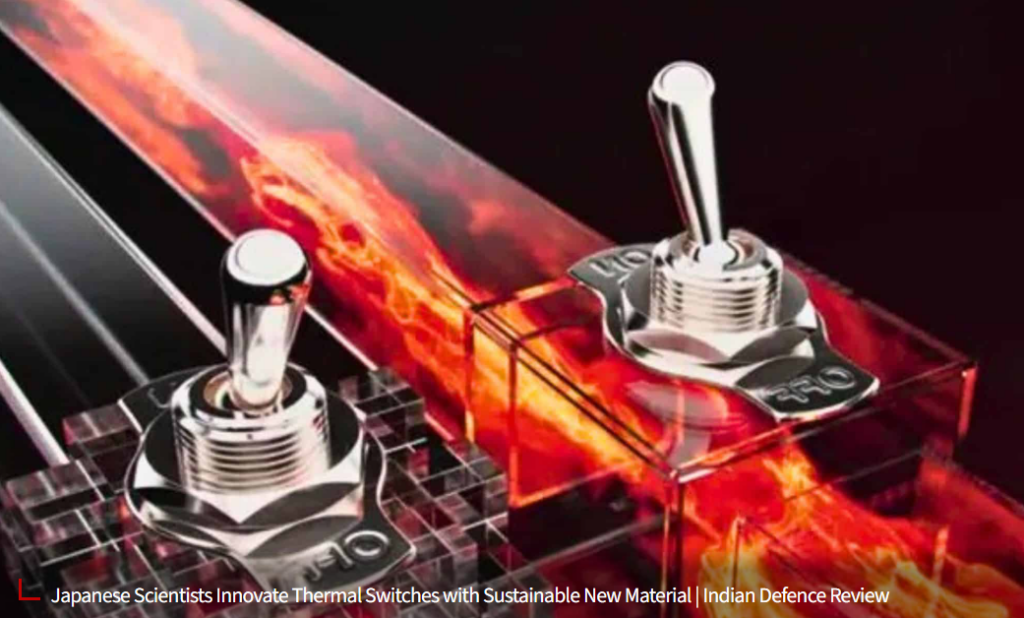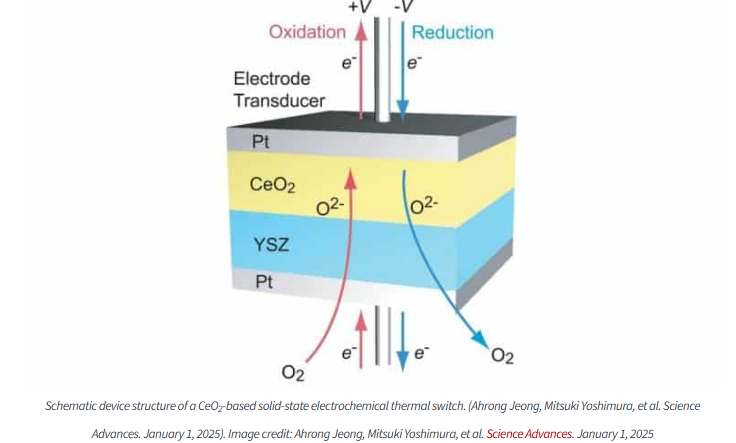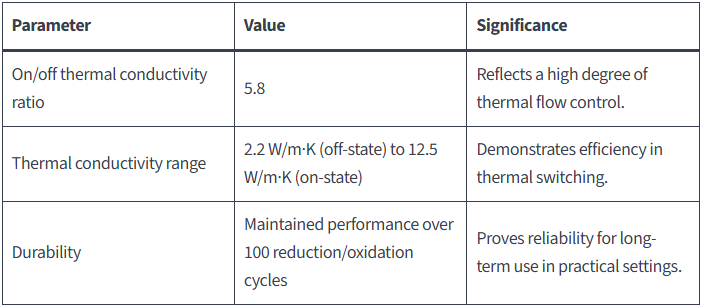Scientists at Hokkaido University have developed a groundbreaking way to make thermal switches both efficient and sustainable. Using a common mineral in an unexpected role, they’ve redefined how we manage wasted heat. Could this be the solution to global energy waste? The details of this innovation might just surprise you.

A team of scientists at Hokkaido University in Sapporo, Japan, has developed a novel approach to enhance the efficiency and sustainability of thermal switches. By employing cerium oxide (CeO₂) as an active material in thin-film form, these switches achieve remarkable thermal performance while reducing the environmental and economic costs of production. This innovation, led by Professor Hiromichi Ohta, marks a significant step forward in thermal management systems, which aim to address energy wastage and improve heat recovery processes.
Addressing Energy Waste with Thermal Switches
A staggering two-thirds of the energy produced from fossil fuels, such as coal and oil, is wasted as heat. Thermal switches, which include thermal diodes and thermal transistors, help recover this otherwise lost energy. By autonomously controlling heat flow, these devices connect or disconnect thermal paths between components, enhancing the efficiency of renewable energy systems and electronic cooling applications.
Compared to thermoelectric energy conversion technology, which has a lower energy conversion efficiency, thermal switches offer a superior method for heat recovery. They are also vital for advanced technologies, such as thermal shutters and infrared heat regulation in displays, further underscoring their versatility.
Main Benefits of Cerium Oxide
Cerium oxide was chosen as the active material for its sustainability and high performance. Unlike traditional materials used in thermal switches, which are often rare and environmentally taxing to source, cerium oxide is:
- Abundant and eco-friendly: Readily available and cost-effective to mine.
- Efficient: Delivers superior thermal conductivity performance compared to its counterparts.
The research team demonstrated that cerium-oxide-based switches significantly outperform conventional devices while maintaining lower production costs. This positions them as a viable solution for broader deployment in energy systems.

Groundbreaking Performance Metrics
The thermal switches developed at Hokkaido University set new benchmarks in performance:

These metrics, highlighted in a press release by Professor Hiromichi Ohta, confirm the potential of cerium-oxide-based switches to replace existing technologies with more durable, efficient, and sustainable alternatives.
Applications and the Road Ahead
Cerium-oxide-based thermal switches are already being deployed in key areas, including:
- Electronic cooling systems: Enhancing the thermal regulation of consumer and industrial electronics.
- Renewable energy platforms: Improving energy recovery in sustainable power systems.
Future developments may extend their use to more specialized systems, such as high-efficiency thermal shutters and heat regulation mechanisms in cutting-edge display technologies. These innovations underscore the role of sustainable materials in driving advancements across diverse fields, from consumer technology to industrial applications.
Article Credit: indiandefencereview